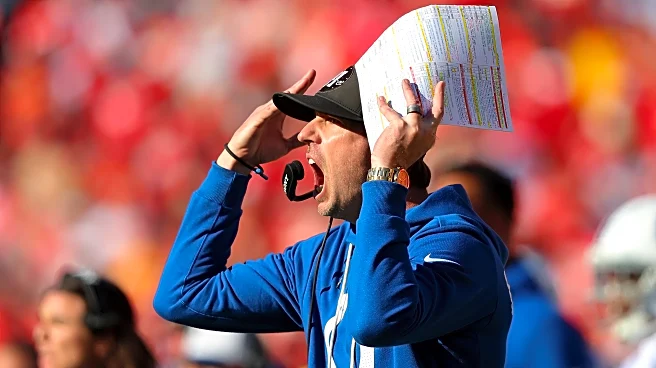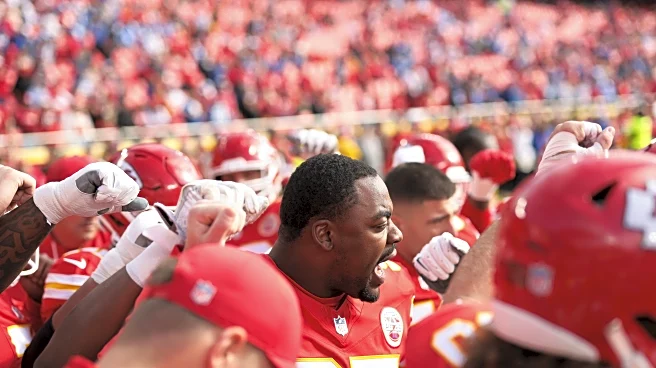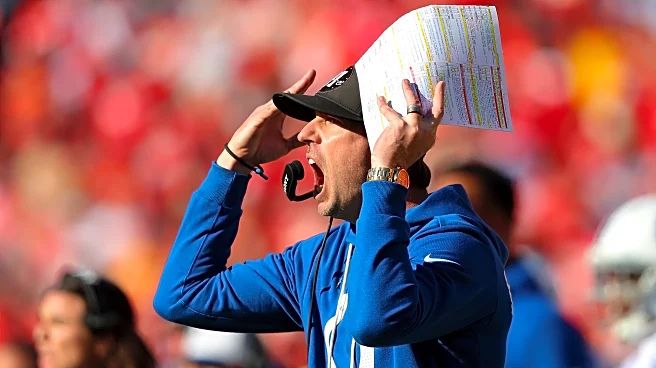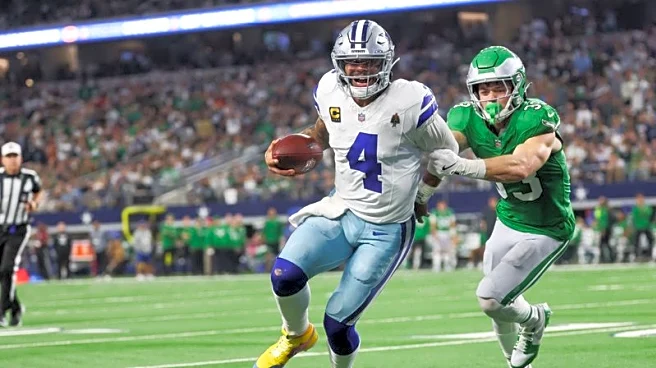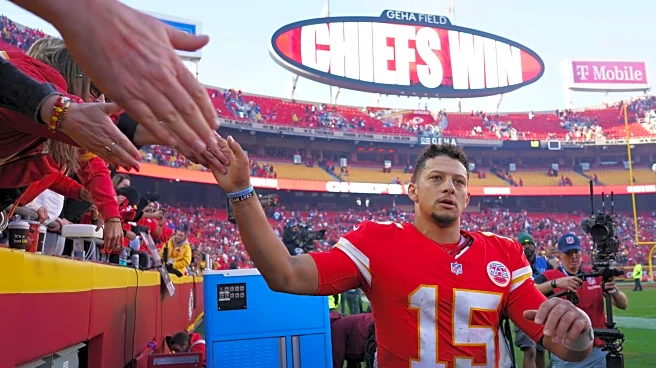1. Not using Jonathan Taylor in the 2nd half
Jonathan Taylor has been to the Colts what Mariano Rivera was to the Yankees: a closer. He leads the league in rushing yards, rushing touchdowns, yards per attempt,
first downs and yards per game, and he’s been the number one running back in the NFL in the second half of games when it comes to attempts, yards and scores. The offense digs the grave and he buries the opponent.
On Sunday in Kansas City, the Colts had the game in a perfect “Taylor time” script. They held an 11-point lead in the third quarter on the road against one of the NFL’s best teams — the current third-favourite to win the Super Bowl. Taylor had just been used four times on the drive that stretched the lead to 20–9. With roughly 17 minutes left, it felt obvious what should come next: lean on the closer. This is a back who averages around four touches per game in the fourth quarter even with multiple blowout wins cutting his day short. A rational person would expect Taylor to see at least seven or eight touches to finish off the Chiefs at Arrowhead.
Instead, it played out like the Yankees up 3–1 in the ninth and deciding to stick with Tom Gordon while Mariano Rivera watched from the bullpen. Jonathan Taylor had one touch in the entire fourth quarter.
From there, the collapse was almost inevitable. The Colts had four possessions in the fourth quarter and overtime and went three-and-out on all four of them, running just 12 plays for 13 total yards and burning a laughable 3:14 of clock while trying to protect that lead. Taylor, the league’s leading rusher, had only three carries after the third quarter — two of them went for negative yardage, including the stuff on 3rd-and-1 in overtime that set up yet another punt.
Meanwhile, the Chiefs ran 91 offensive plays to the Colts’ 50 and held the ball for over 42 minutes. By the time Patrick Mahomes was engineering the comeback, Indy’s defense was gassed. The box score will say “23–20 in overtime” and show a ton of Kansas City yards, but that’s only half the story. The other half is the Colts repeatedly handing the ball back to Mahomes without ever asking their closer to close.
You can quibble with individual play calls or missed throws from Daniel Jones, but it all comes back to the same question: how do you build your entire offensive identity around Jonathan Taylor as the finisher… and then not let him finish? In a one-score game, on the road, against a championship team, the Colts left Rivera in the bullpen. And that, more than anything, is how an 11-point lead turned into an overtime loss.
2. Not deferring the ball in overtime
I will never understand taking the ball first in NFL overtime. When you receive first, you immediately put yourself under enormous pressure: you need a touchdown just to avoid giving your opponent a huge advantage, and you’re essentially playing with only three downs. If you fail to score, the opponent has an extremely easy path to win. If you kick a field goal, the opponent knows exactly what they need and can tie or win. Even if you score a touchdown, you’re still not out of danger — the other team gets four downs to match you, not three, and if they tie it, they can go for two and end the game on the spot.
Taking the ball second removes all that uncertainty. To me, the biggest edge is psychological: you know exactly what you need on every play. As a play-caller, it gives you clarity and lets you stay aggressive instead of conservative. As a player, it forces a “go get every yard” mentality because the target is defined. Every decision — fourth down, red-zone calls, two-point tries — becomes easier and more precise.
Taking the ball first gives you hope. Taking the ball second gives you control. And overtime is all about control.
3. Lack of short quick hitters and screens in the pass game
If the Colts were going to lean pass-heavy in the second half, then they had to diversify the calls. When Steve Spagnuolo started sending six and seven-man pressures, the obvious counter was to make him pay for it with screens, quick hitters and built-in hot routes. A simple running back screen or slip to Taylor into the vacated space would’ve punished that aggression and forced Kansas City to back off.
Instead, too many of the Colts’ biggest snaps turned into low-percentage, 50/50 shots: throws to receivers in tight press coverage with a free rusher screaming in Daniel Jones’ face. That’s not how you protect a lead on the road against a pressure-heavy defense. If you’re going to throw to close out a game, you need answers versus the blitz, not prayers into single coverage.
4. Not going for it on 4th down in the 4th quarter
Colts up 3, 4th-and-4 at the Chiefs’ 45. That’s a go-for-it situation almost every time. League-wide analytics models put the win-probability advantage of going for it on 4th-and-4 in plus territory somewhere between 7 and 12 percent. That isn’t a small edge — that’s the difference between closing out a great team and letting them back into the game.
And you’re not facing an ordinary quarterback. With Patrick Mahomes on the other sideline, the math gets even clearer. Historically, when teams punt to Mahomes while protecting a one-score lead in the fourth quarter, Kansas City scores on more than half of those drives. Giving him the ball back is the risk. Keeping it is the protection.
This wasn’t 4th-and-10 from your own 20. It was 4th-and-4 at midfield with a chance to put the game in the hands of your offense. Against an elite team, on the road, in a high-leverage moment, aggressive decisions win far more often than conservative ones.
Instead, the Colts punted. They chose field position over win probability, and it played out exactly how the numbers predict: Mahomes took the ball and marched 87 yards in 15 plays, bleeding nearly five minutes off the clock and tying the game without resistance.
The Colts didn’t lose because they failed on fourth down. They lost because they never gave themselves the chance to end it.
